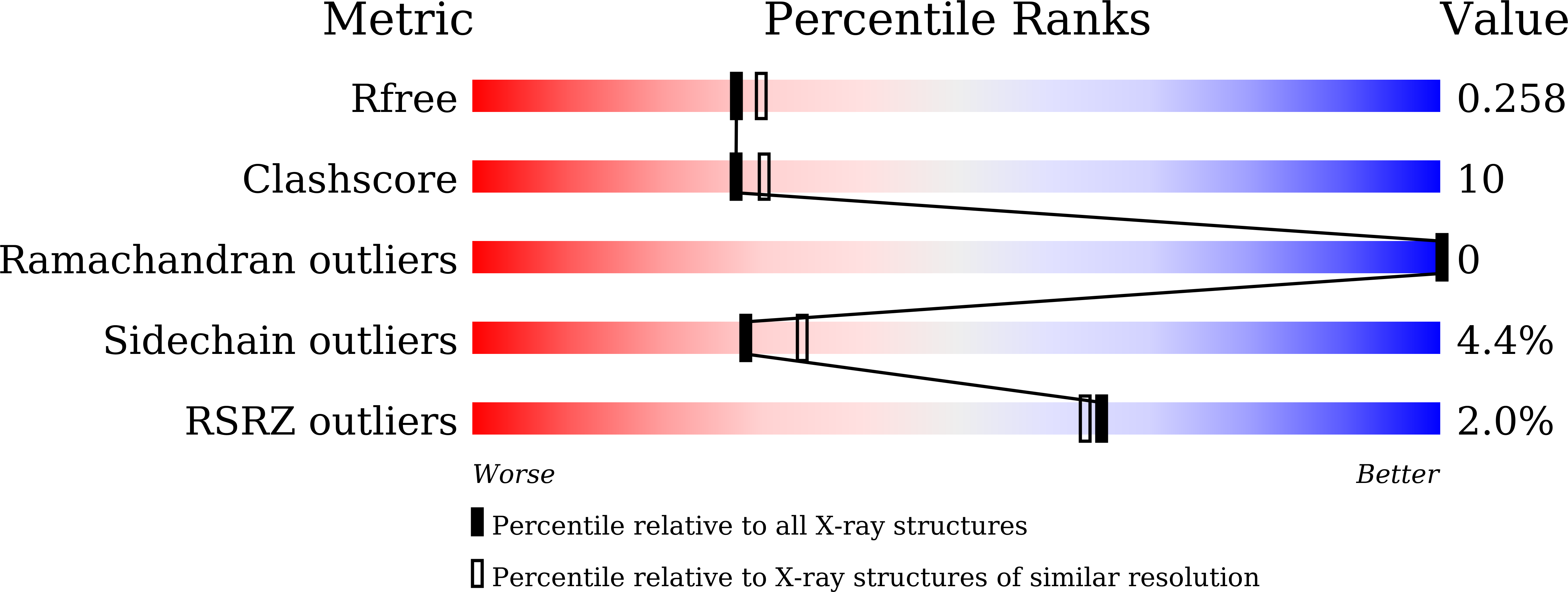
Deposition Date
2021-02-16
Release Date
2021-10-13
Last Version Date
2024-11-13
Entry Detail
PDB ID:
7E53
Keywords:
Title:
Crystal structure of sfGFP complexed with the nanobody nb2 at 2.2 Angstron resolution
Biological Source:
Source Organism:
Aequorea victoria (Taxon ID: 6100)
Camelus bactrianus (Taxon ID: 9837)
Camelus bactrianus (Taxon ID: 9837)
Host Organism:
Method Details:
Experimental Method:
Resolution:
2.21 Å
R-Value Free:
0.25
R-Value Work:
0.20
R-Value Observed:
0.20
Space Group:
C 2 2 21


